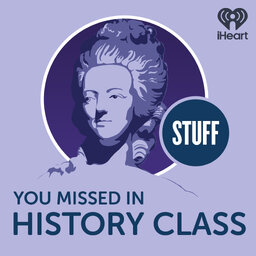Johannes and Elizabetha Hevelius
Johannes Hevelius and his second wife and collaborator, Elisabetha were the 17th-century's astronomy power couple. For one, they had a personal observatory that was considered one of the most important in all Europe.
Research:
- Ashworth, Dr. William B., Jr. “Elizabeth Hevelius.” Linda Hall Library. Dec. 22, 2017. https://www.lindahall.org/about/news/scientist-of-the-day/elisabeth-hevelius/
- Bernardi, G. (2016). Elisabetha Catherina Koopman Hevelius (1647–1693). In: The Unforgotten Sisters. Springer Praxis Books(). Springer, Cham. https://doi.org/10.1007/978-3-319-26127-0_11
- Britannica, The Editors of Encyclopaedia. "Johannes Hevelius". Encyclopedia Britannica, 13 Mar. 2024, https://www.britannica.com/biography/Johannes-Hevelius
- Cartwright, Mark. “Johannes Hevelius.” World History Encyclopedia. Oct. 6, 2023. https://www.worldhistory.org/Johannes_Hevelius/
- Laundau, Elizabeth. “The 17th-Century Astronomer Who Made the First Atlas of the Moon.” Smithsonian. Dec. 27, 2018. https://www.smithsonianmag.com/science-nature/17th-century-astronomer-who-made-first-atlas-moon-180971103/
- O’Connor, J.J. and E.F. Robertson. “Johannes Hevelius.” MacTutor. School of Mathematics and Statistics
University of St Andrews, Scotland. December 2008. https://mathshistory.st-andrews.ac.uk/Biographies/Hevelius_Johannes/ - O’Connor, J.J. and E.F. Robertson. “Catherina Elisabetha Koopman Hevelius.” MacTutor. School of Mathematics and Statistics
University of St Andrews, Scotland. December 2008. https://mathshistory.st-andrews.ac.uk/Biographies/Hevelius_Koopman/ - Waniszewska C. “Johannes Hevelius: Polish Seventeenth-Century Brewer and Astronomer.” International Astronomical Union Colloquium. 1988;98:26-27. doi:10.1017/S0252921100092083
 Stuff You Missed in History Class
Stuff You Missed in History Class


